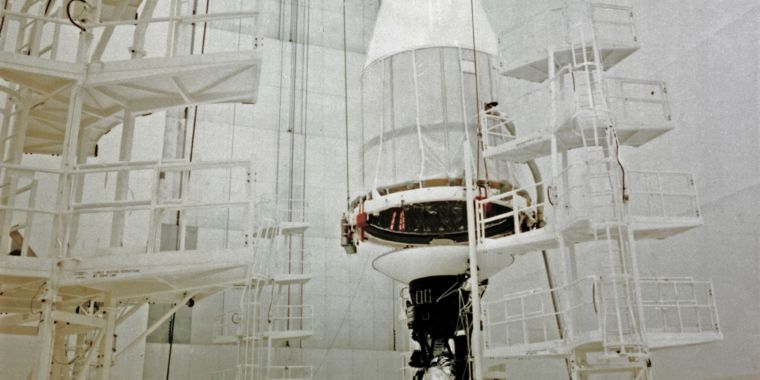It has an RTG.
It’s not closer. What kind of weirdness is that?
It’s communicating with us from another dimension. It never made it outside our solar system
It has an RTG.
It’s not closer. What kind of weirdness is that?
Each Voyager probe has 3 RTG’s which is essentially a nuclear battery powered by Plutonium 238. Combined they supplied about 470 watts of power at launch, power halves every ~88 years.How is it still powered up? I thought it was too far from the sun to get any meaningful charge.
Maybe it’s closer then they say it is?
Each Voyager probe has 3 RTG’s which is essentially a nuclear battery powered by Plutonium 238. Combined they supplied about 470 watts of power at launch, power halves every ~88 years.
Right now Madrid is connected to Voyager 1, receiving at 1.0 x 10-22 kW. Or about a billionth of a billionth of a watt once it makes its way to Earth, with a round trip time of 1.85 DAYS and a bit rate of 160 b/sec. It’s incredible that we can still communicate with those probes reliably.I didn't know this. I though it relied on normal batteries and solar panels.
However what's fascinating to me is that the signals it sends to us are only about 20W worth of power. That is an extremely weak signal. I'm surprised we can actually pick it up here on earth.
Welcome to astrophysics.I didn't know this. I though it relied on normal batteries and solar panels.
However what's fascinating to me is that the signals it sends to us are only about 20W worth of power. That is an extremely weak signal. I'm surprised we can actually pick it up here on earth.
You’re not serious, are you? Even if you’re scientifically, uh, challenged, there’s Google to help you out, or, perhaps, NASA.Is this the new sub?


